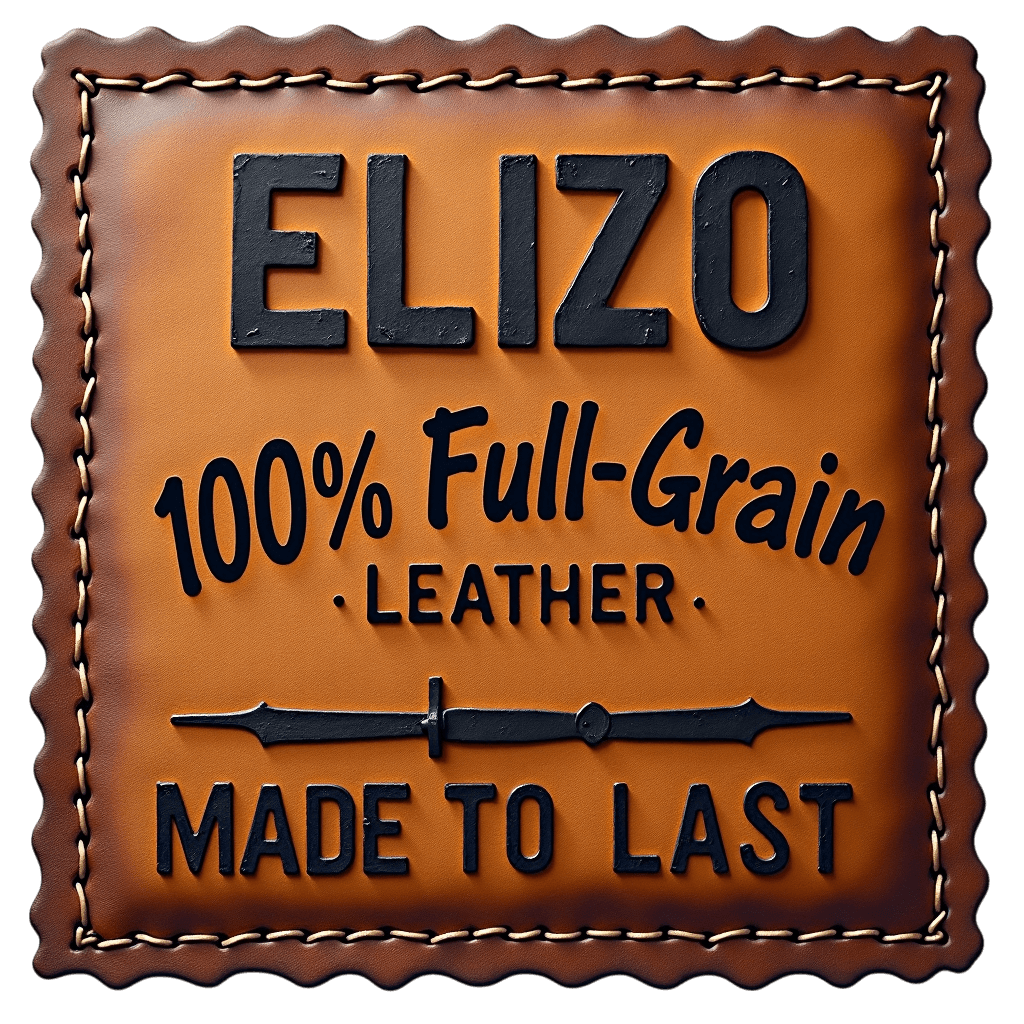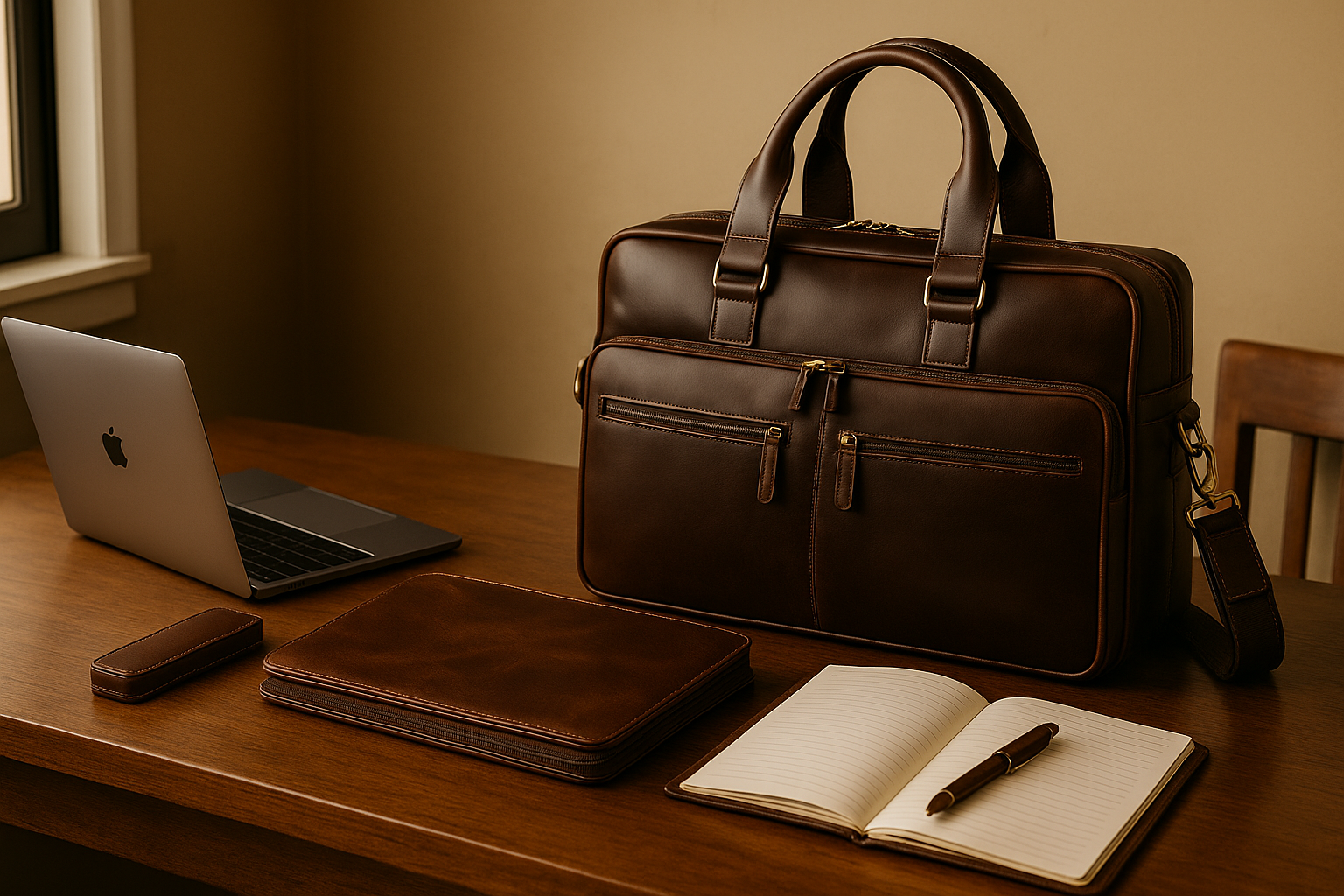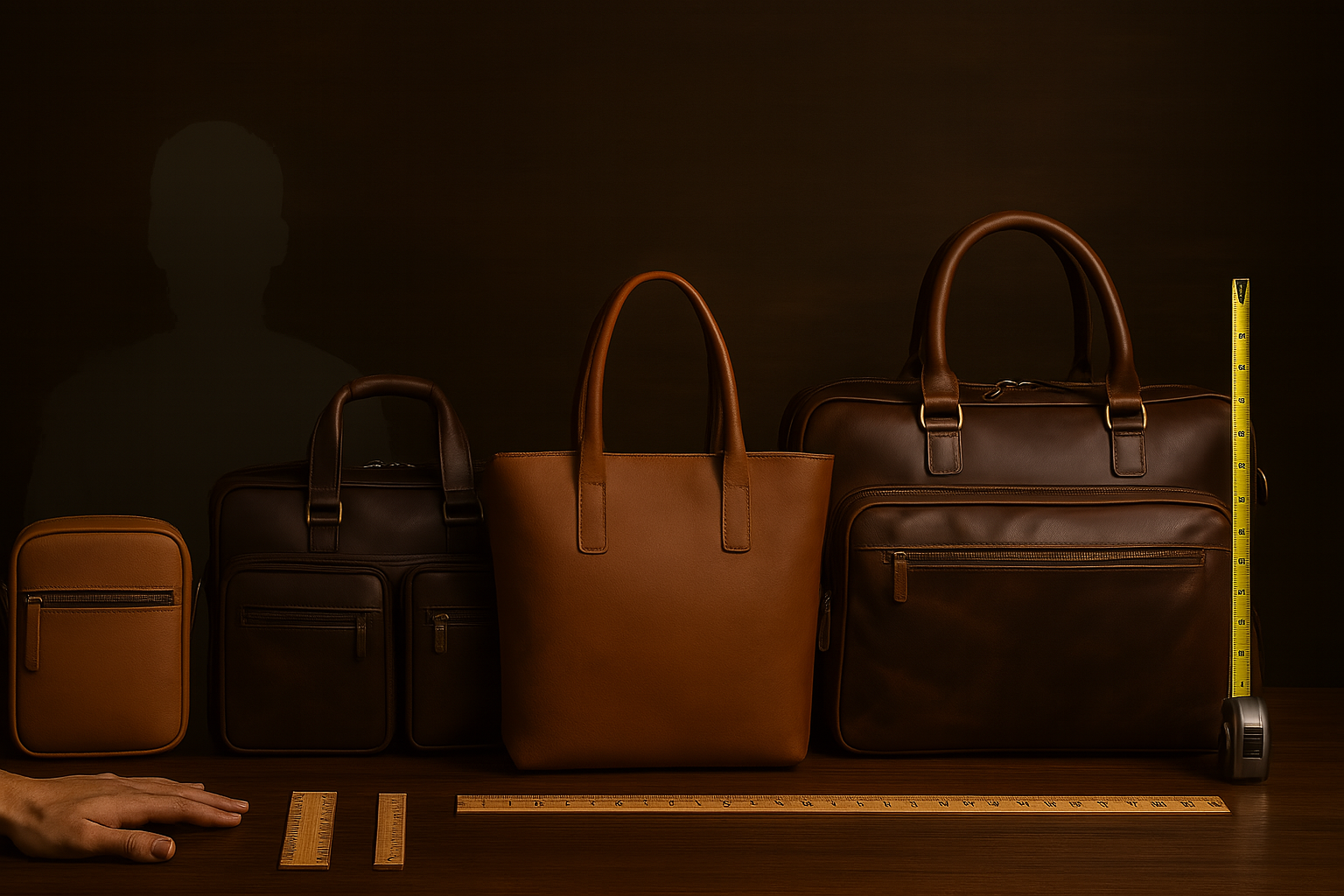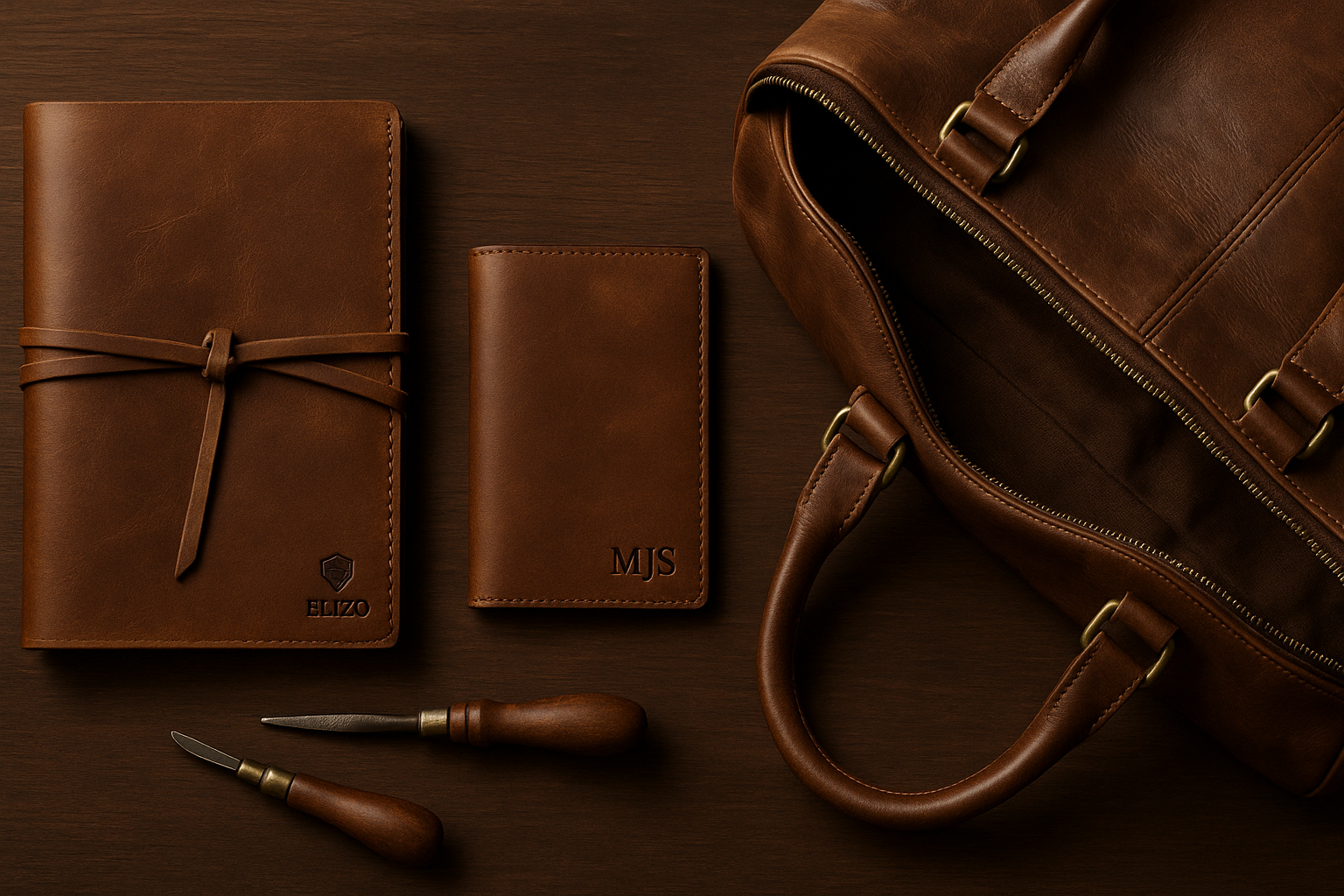
The Art of Leather Customization: Creating Unique, Personalized Leather Goods

In a world of mass production, personalized leather goods offer something increasingly rare: true individuality combined with exceptional quality. Custom leather accessories transform functional items into personal statements that reflect individual style, commemorate special occasions, and create meaningful connections between owner and object that mass-produced alternatives simply cannot match.
The art of leather customization encompasses everything from simple monogramming to complex bespoke design, allowing customers to create pieces that perfectly match their aesthetic preferences, functional requirements, and personal significance. Whether designing a custom portfolio for professional advancement or creating a personalized duffle bag for memorable adventures, customization elevates leather goods from mere accessories to treasured possessions.
Understanding Leather Customization Options
Modern leather customization offers multiple approaches to personalization, each providing different levels of uniqueness, complexity, and cost while serving various aesthetic and functional goals.
Monogramming and Embossing
Traditional monogramming remains the most popular customization option, providing elegant personalization that enhances rather than overwhelms the natural beauty of quality leather. Classic three-letter monograms follow time-tested placement and styling conventions that ensure appropriate visual balance and professional appearance.
Hot stamping and embossing techniques create permanent impressions that become more distinctive with age and use, developing character alongside the leather's natural patina. These methods work particularly well on leather wallets and professional accessories where subtle personalization enhances rather than dominates the design.
Font selection significantly impacts the final appearance of monogrammed pieces, with classic serif fonts providing traditional elegance while modern sans-serif options offer contemporary appeal. The key lies in matching font choice to both the item's intended use and the owner's personal style preferences.
Color and Finish Customization
Beyond standard brown and black leather options, custom color selection allows for unique aesthetic expression while maintaining the quality and durability that make leather goods so appealing. Custom dyeing and finishing processes can create distinctive appearances that reflect personal style or coordinate with specific wardrobe choices.
Patina development varies significantly between different leather treatments and colors, requiring consideration of how custom finishes will age and develop character over time. Some customers prefer leather that maintains consistent appearance, while others embrace the natural aging process that creates unique character development.
Two-tone and accent color combinations provide opportunities for subtle or dramatic customization that can highlight specific design elements or create unique visual interest without compromising the item's versatility or professional appropriateness.
Hardware and Accent Customization
Hardware selection offers another avenue for personalization, from zipper and buckle finishes to decorative elements that complement the leather while serving functional purposes. Premium hardware materials like brass, stainless steel, or specialized alloys can enhance both appearance and durability while reflecting personal preferences.
Contrast stitching provides subtle customization that adds visual interest while highlighting construction quality and craftsmanship attention to detail. Thread color selection can complement or contrast with leather color while serving as a signature design element that distinguishes custom pieces.
Edge finishing techniques offer opportunities for both functional and aesthetic customization, from traditional burnished edges to painted treatments that coordinate with overall design themes or personal color preferences.
Functional Customization and Personalization
True customization extends beyond aesthetic modifications to include functional adaptations that optimize leather goods for specific use cases, professional requirements, or personal preferences.
Size and Proportion Modifications
Custom sizing ensures leather goods fit perfectly within intended use contexts, from briefcases designed for specific laptop dimensions to wallets optimized for particular card quantities and currency types.
Proportion adjustments can optimize items for specific body types or carrying preferences, ensuring comfortable use while maintaining aesthetic appeal and functional efficiency. This consideration becomes particularly important for daily carry items that must balance capacity with portability.
Regional considerations might influence size customization, accommodating different currency sizes, identification card dimensions, or cultural preferences that affect optimal proportions and organization features.
Internal Organization Customization
Custom internal organization transforms standard leather goods into perfectly optimized tools that address specific workflow requirements, storage needs, or personal organization preferences.
Card slot configuration can be customized to accommodate specific card quantities and types, from extensive business card storage to optimized credit card organization that reflects individual usage patterns and preferences.
Document and paper organization features can be tailored to specific professional requirements, whether organizing legal documents, creative portfolios, or business presentations that require specialized storage and access patterns.
Technology integration customization addresses modern requirements for device storage, cable management, and charging access while maintaining traditional leather aesthetics and quality construction standards.
Design Collaboration and Creative Process
Successful customization requires effective collaboration between customers and craftspeople, combining design expertise with personal vision to create pieces that exceed expectations while remaining functionally excellent.
Initial Consultation and Vision Development
The customization process begins with thorough consultation that explores intended use, aesthetic preferences, functional requirements, and budget considerations while educating customers about possibilities and limitations within leather customization.
Lifestyle analysis helps identify customization options that will provide long-term satisfaction while avoiding modifications that might seem appealing initially but prove impractical during daily use or across changing circumstances.
Inspiration sources from fashion, art, architecture, or personal experiences can inform custom designs while ensuring final pieces remain functional and appropriate for intended use contexts.
Design Development and Refinement
Iterative design development allows customers to explore various customization options while understanding their implications for appearance, functionality, and cost before committing to final specifications.
Material samples and mockups help visualize customization options while ensuring color, texture, and finishing choices will meet expectations and coordinate appropriately with intended use contexts.
Technical considerations including construction feasibility, durability implications, and maintenance requirements inform design refinement to ensure custom pieces will provide long-term satisfaction and reliable performance.
Custom Leather for Special Occasions
Customized leather goods excel as meaningful gifts and commemorative pieces that mark important life events, professional achievements, and personal milestones with lasting significance.
Wedding and Anniversary Gifts
Custom leather accessories provide meaningful wedding and anniversary gifts that combine practical utility with personal significance, creating lasting reminders of important relationships and shared experiences.
Coordinate customization allows couples to create matching accessories that reflect their shared aesthetic while serving individual functional needs, from coordinated wallets to complementary travel accessories.
Date and location customization commemorates specific moments and places that hold special meaning, creating permanent reminders of important occasions that become more meaningful with time and use.
Graduation and Achievement Recognition
Custom leather goods mark educational achievements and professional milestones with gifts that support future success while commemorating past accomplishments and dedication.
Professional customization can incorporate school colors, logos, or motifs that celebrate specific achievements while creating tools that support continued success in academic or professional endeavors.
Career transition gifts benefit from customization that addresses new professional requirements while marking the significance of career advancement or industry changes that represent important life developments.
Corporate and Business Gifts
Custom corporate gifts demonstrate appreciation for business relationships while providing practical value that recipients will use and appreciate throughout their professional activities.
Brand integration in corporate gifts requires subtle customization that complements rather than overwhelms the recipient's personal style while providing appropriate recognition of business relationships and achievements.
Executive gifts benefit from premium customization that reflects the quality and attention to detail that characterizes successful business relationships while providing long-term utility and appreciation.
Cultural and Regional Customization
Leather customization can incorporate cultural elements, regional preferences, and traditional motifs that create meaningful connections to heritage, geography, or personal history.
Traditional Motifs and Patterns
Cultural customization incorporates traditional designs, patterns, or symbols that reflect heritage or personal connection to specific cultures, regions, or artistic traditions while maintaining contemporary functionality.
Regional leather working traditions offer inspiration for customization that honors traditional craftsmanship while adapting historical techniques to modern functional requirements and aesthetic preferences.
Family symbols, crests, or traditional designs can be incorporated into custom leather goods while ensuring appropriate cultural sensitivity and respectful interpretation of traditional elements.
International and Travel-Inspired Customization
Travel experiences and international connections can inspire customization that commemorates significant journeys, cultural exchanges, or global business relationships through appropriate design elements.
Geographic customization might incorporate maps, coordinates, or location-specific elements that celebrate meaningful places while creating conversation pieces that reflect personal history and experiences.
International business requirements might influence customization that addresses specific cultural preferences or professional standards while maintaining personal style and functional effectiveness.
Technology Integration in Custom Leather
Modern customization increasingly incorporates technology features that enhance functionality while maintaining traditional leather aesthetics and quality construction standards.
Smart Features and Connectivity
Technology integration can include RFID blocking, wireless charging capabilities, or tracking features that provide modern functionality within traditional leather construction and aesthetic frameworks.
Charging and power management features require careful integration that maintains leather aesthetics while providing reliable technology support for modern device requirements and usage patterns.
Security features including biometric access or digital locking mechanisms can be incorporated into custom leather goods while preserving traditional appearance and tactile qualities that make leather appealing.
Hybrid Analog-Digital Design
Custom design can seamlessly integrate digital and analog features, creating accessories that support both traditional organization methods and modern technology requirements within cohesive design frameworks.
Device integration customization ensures perfect fit and protection for specific technology while maintaining leather quality and traditional craftsmanship that provides long-term value and satisfaction.
Future-proofing considerations help ensure custom technology integration remains relevant through device updates and technology evolution while preserving core functionality and aesthetic appeal.
Artisan Collaboration and Craftsmanship
Custom leather goods provide opportunities to work directly with skilled artisans, supporting traditional craftsmanship while creating pieces that showcase individual expertise and creative vision.
Selecting Skilled Craftspeople
Artisan selection requires evaluation of technical skills, design capability, communication effectiveness, and compatibility with personal vision and project requirements while ensuring quality standards and delivery expectations.
Portfolio review helps assess craftsmanship quality, design range, and previous customization experience while identifying artisans whose expertise and aesthetic align with specific project requirements and personal preferences.
Regional artisan communities offer opportunities to support local craftsmanship while building relationships with skilled craftspeople who understand cultural preferences and regional aesthetic traditions.
Collaborative Design Process
Effective collaboration balances customer vision with artisan expertise, creating designs that achieve personal goals while respecting material limitations and construction requirements that ensure long-term quality and satisfaction.
Technical education during the design process helps customers understand leather characteristics, construction implications, and maintenance requirements while making informed decisions about customization options and trade-offs.
Timeline management ensures adequate time for thoughtful design development, quality construction, and finishing details while meeting customer expectations and delivery requirements for gifts or special occasions.
Care and Maintenance of Custom Leather
Custom leather goods often require specialized care approaches that preserve both functionality and unique customization features while maintaining long-term beauty and performance.
Customization-Specific Care Requirements
Custom finishes, colors, or hardware might require adapted care routines that preserve unique features while maintaining overall leather condition and appearance through regular use and environmental exposure.
Documentation of custom specifications and care requirements ensures proper maintenance throughout the item's lifetime while preserving warranty coverage and customization features that define the piece's unique character.
Professional maintenance services familiar with custom leather work can provide specialized care that preserves customization features while extending overall item life and maintaining appearance standards.
Aging and Patina Development
Custom leather goods develop unique aging characteristics based on their specific materials, finishes, and construction methods, creating distinctive patina patterns that enhance rather than diminish their personalized character.
Understanding aging expectations helps customers appreciate how their custom pieces will develop over time while making informed decisions about customization options that will age gracefully and maintain long-term appeal.
Patina management techniques can influence aging patterns while preserving customization features and overall aesthetic appeal throughout years of use and environmental exposure.
Investment Value and Legacy Considerations
Custom leather goods represent significant investments that provide both immediate satisfaction and long-term value through enhanced functionality, personal meaning, and potential legacy significance.
Cost-Benefit Analysis of Customization
Custom leather goods typically command premium prices that reflect additional design time, specialized construction, and individual attention while providing unique value that mass-produced alternatives cannot match.
Lifetime value calculations should consider enhanced satisfaction, perfect functional fit, and personal significance that justify customization costs while providing daily benefits that accumulate over years of use.
Gift value considerations recognize that custom pieces often provide more meaningful impact than equivalent spending on mass-produced alternatives while demonstrating thoughtfulness and attention to recipient preferences.
Heirloom and Legacy Potential
Quality custom leather goods possess heirloom potential that allows them to serve multiple generations while maintaining functionality and developing historical significance that mass-produced items rarely achieve.
Personal history documentation including design rationale, construction details, and significant events associated with custom pieces enhances their legacy value while providing context for future generations.
Restoration and maintenance planning ensures custom pieces can be preserved and restored throughout their extended lifespans while maintaining their unique characteristics and personal significance.
Trends in Leather Customization
The customization landscape continues evolving as technology advances, aesthetic preferences change, and new techniques become available to both artisans and customers seeking unique leather goods.
Emerging Customization Technologies
Laser engraving and cutting technologies provide new possibilities for precise customization while maintaining traditional leather quality and construction methods that ensure long-term durability and satisfaction.
Digital design tools allow customers to visualize customization options before construction while facilitating communication between customers and artisans throughout the design and construction process.
3D printing and hybrid construction methods offer opportunities for unique hardware and accent features while maintaining traditional leather working techniques that define quality construction standards.
Sustainability and Ethical Customization
Environmental consciousness influences customization choices toward sustainable materials, ethical production methods, and long-term design approaches that minimize environmental impact while maximizing utility and satisfaction.
Local production and artisan support through custom projects contributes to community development while reducing transportation impact and supporting traditional craftsmanship skills and cultural preservation.
Material traceability and ethical sourcing become increasingly important in custom work where customers can influence supply chain decisions and ensure alignment between personal values and production methods.
Conclusion: Creating Your Unique Legacy
Custom leather goods represent the intersection of personal vision and artisan skill, creating pieces that transcend mere functionality to become expressions of individual style, commemoration of important relationships, and tools for daily success that improve with age and use.
The journey of creating custom leather accessories provides satisfaction that extends far beyond the finished product, involving collaboration with skilled craftspeople while supporting traditional techniques and supporting artisan communities that preserve important cultural knowledge and skills.
Whether commissioning a custom portfolio to mark career advancement or designing personalized accessories to commemorate special relationships, customization transforms functional objects into meaningful possessions that tell personal stories and create lasting connections.
Remember that the best custom leather goods balance personal vision with practical functionality, ensuring pieces that provide daily utility while expressing individual style and commemorating important occasions or relationships that define your personal narrative.
Invest in customization that reflects your authentic preferences and requirements while working with skilled artisans who can translate vision into reality through quality construction and attention to detail that creates pieces worthy of their personal and cultural significance.
For more information about customization options and to explore our range of customizable leather goods, visit our personalized gifts page to begin creating accessories that perfectly reflect your style, requirements, and personal story.

